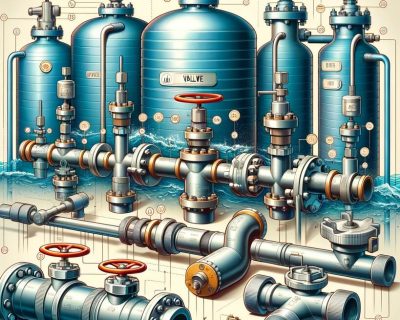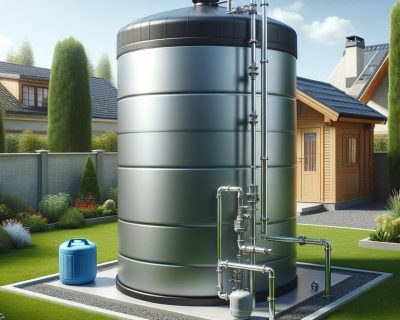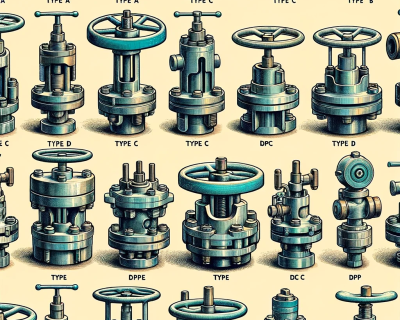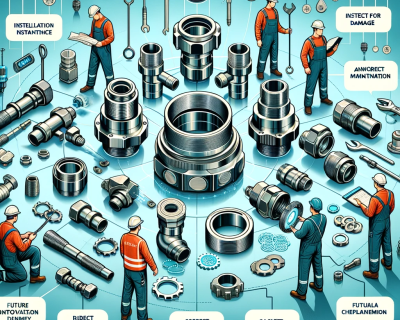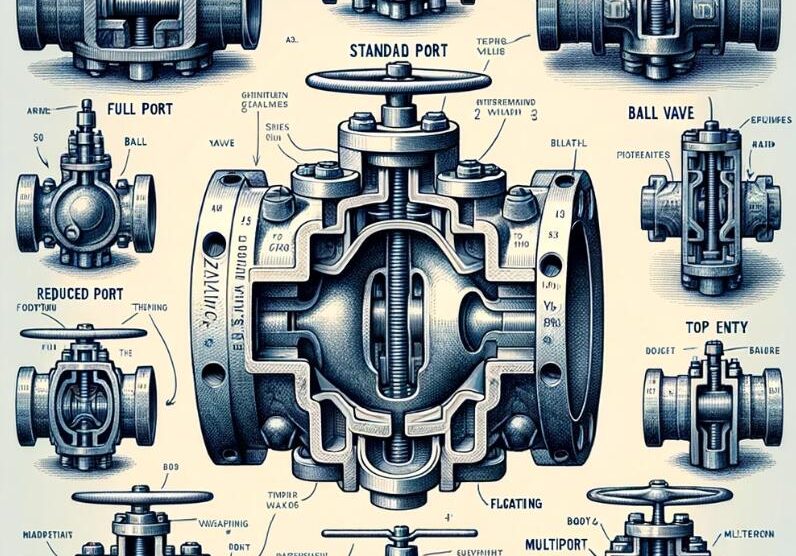
Mastering the Mechanics: An In-Depth Guide to Ball Valve Mechanism
This guide offers an in-depth look into the world of ball valve mechanisms, tracing their historical development and illustrating their significance in modern-day applications. From simple household systems to complex industrial pipelines, the role of ball valves is pivotal and fascinating.
Table of Contents
ToggleUnderstanding Ball Valves: The Basics
A ball valve is a type of valve that uses a perforated, pivoting ball to regulate fluid flow.The key components include the ball, which acts as the flow control element, the stem that rotates the ball, and the seats, which form a seal to prevent leakage. The body of the valve encases these parts, forming a robust mechanism. When the valve opens, the ball’s hole aligns with the flow path, allowing passage.When the ball is closed, it blocks the flow by rotating so the hole is perpendicular to the flow path.
Types of Ball Valves and Their Applications
Ball valves come in various designs, each tailored for specific needs. Full port ball valves have an oversized ball to minimize flow restriction by creating a hole in the ball that is the same size as the pipeline.On the other hand, standard port valves have a slightly smaller ball and hole, compromising size and flow control. With their significantly smaller ball, reduced port valves are used where flow restriction is less of a concern.
Specialized ball valves like trunnion and floating designs offer additional features for high-pressure applications. Top entry valves allow for maintenance without removing the valve from the pipeline. Multiport valves offer more flexibility in directing flow paths.
In terms of applications, ball valves are versatile. In water management, they are used for their robustness and reliability. The oil and gas industry favors them for their ability to handle high pressure and temperatures. In chemical processing, the corrosion-resistant properties of certain ball valve materials are invaluable.
Advantages of Using Ball Valves
The advantages of ball valves are numerous. They are known for their durability, often outlasting other valves under similar conditions. Their ease of operation, typically requiring just a quarter-turn for opening or closing, makes them user-friendly. Maintenance is usually straightforward, often involving only the replacement of seats and seals.
Ball valves also excel in versatility, handling various temperatures and pressures. This adaptability makes them suitable for many applications, from cryogenic temperatures to steam systems.
Ball valves are integral to modern fluid control systems. Their simplicity, reliability, and versatility make them the preferred choice in many industrial and residential applications.As technology progresses, we can anticipate more effective and sophisticated ball valve designs in the future.
The Ball Valve Mechanism: A Closer Look
The magic of a ball valve lies in its simple yet effective design. At its heart is the ball, which has a hole through the middle. When the handle or actuator is turned, the ball rotates, aligning the hole with the flow path to allow passage or perpendicular to it to block flow.This design ensures minimal resistance and easy operation, making ball valves ideal for shutoff applications.
Material selection is critical for ball valves, influencing their performance and suitability for different environments. Common materials include brass, stainless steel, and PVC, each offering distinct advantages. Brass valves are known for their durability, stainless steel for corrosion resistance, and PVC for chemical compatibility and affordability.
Sealing is another crucial aspect. Ball valves use various seat materials like PTFE, Teflon, or metal seats, depending on the application’s temperature and pressure requirements. The seal must be tight to prevent leaks, yet not so tight as to make the valve hard to operate.
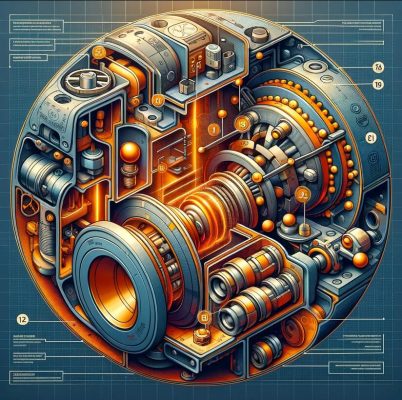
Innovations and Technological Advancements in Ball Valve Design
Technological advancements have significantly enhanced ball valve designs. Innovations like cavity fillers for sanitary applications or fire-safe designs for flammable environments showcase the versatility and adaptability of ball valves.
Automation and smart control systems are increasingly integrated with ball valves, allowing remote operation and monitoring. This integration is particularly beneficial in hazardous or hard-to-reach environments.
The future of ball valve technology holds promise for even more sophisticated designs, including valves capable of self-diagnosis and predictive maintenance, potentially revolutionizing how industries manage flow control.
Choosing the Right Ball Valve: Factors to Consider
Selecting the right ball valve ensures efficiency and longevity. Key factors include the valve size, which should match the pipeline for optimal flow; the material of the valve, which should be chosen based on the fluid characteristics and environmental conditions; and the pressure rating, which needs to match the system’s maximum operating pressure.
Understanding the specific needs of your application is essential. For instance, a floating ball valve might be more appropriate for smaller, lower-pressure applications, while a trunnion-mounted valve could be better for larger, high-pressure environments.
Maintenance and Troubleshooting
Regular maintenance of ball valves can significantly extend their lifespan. This includes periodic cleaning, lubrication, and inspection for wear and tear. It’s also important to operate the valve regularly to prevent seizing.
Common issues with ball valves include leaks, which are often due to worn seats or seals, and difficulty in operation, which can be caused by inadequate lubrication or misalignment. Understanding these common issues can help in quick troubleshooting and repair.
Case Studies: Ball Valves in Action
Real-world applications of ball valves provide insight into their effectiveness. For example, in a water treatment plant, ball valves are used for their reliability and ease of maintenance. In the oil and gas industry, high-pressure trunnion ball valves are favored for their ability to handle extreme conditions.
Another interesting case is the use of specialized ball valves in the food and beverage industry, where sanitary conditions are paramount. Here, cavity-filled ball valves prevent the accumulation of residues, ensuring a clean process flow.
Ball valves are a cornerstone in fluid control, offering a blend of simplicity, reliability, and efficiency. As industries evolve, the demand for more advanced ball valve technologies will undoubtedly increase. The future of ball valve technology is bright, with innovations to improve performance, safety, and environmental compatibility.


